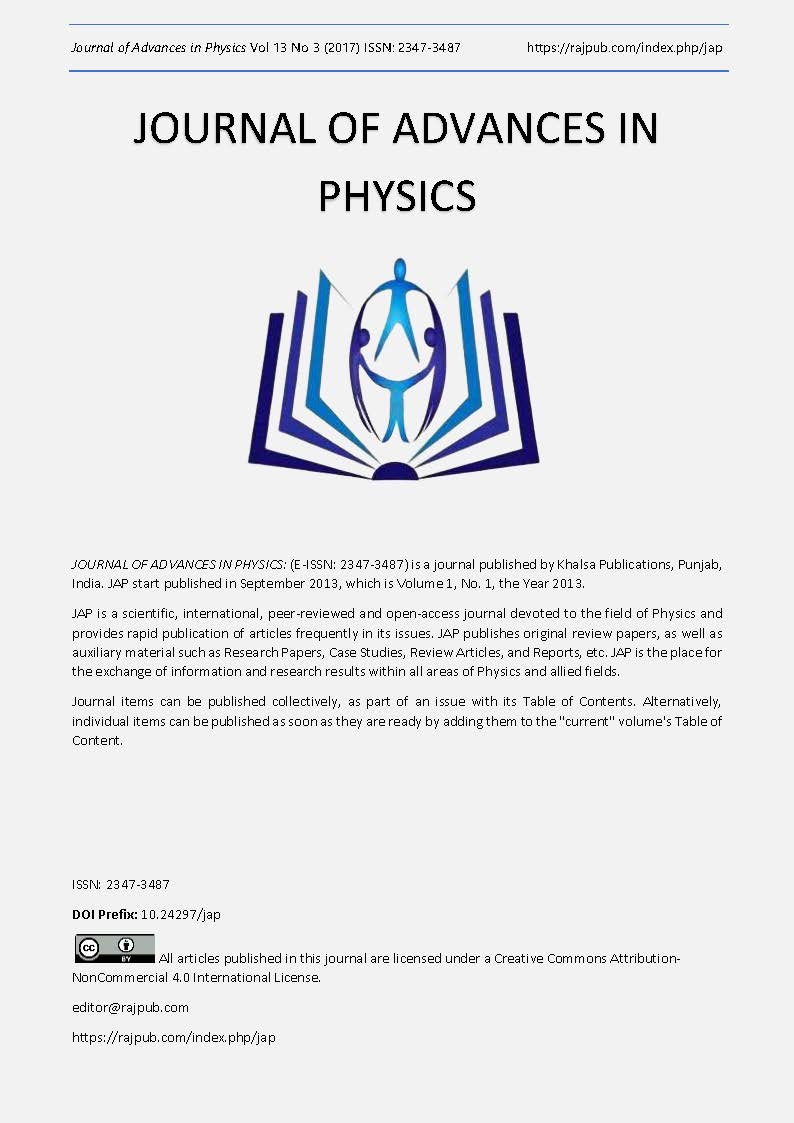Nucleon
DOI:
https://doi.org/10.24297/jap.v13i3.5937Keywords:
Quantum Physics, Energy States, Hilbert Space, Multibody Solution, Electron Mass, Magnetic Dipole, Nuclear BindingAbstract
The force here is the nuclear force binding the nuclei together. A magnetic dipole has the energy given by -13.6*2*n^2[3]. A particle with n=822 is a magnetic dipole with magnetic quantum number m=1,2,3,… so that -18.3786Mev*m is an energy/mass which we may associate with the nucleus. The relativistic correction 2[4] is required showing that the dipole velocity is near c. The nuclei are bound with particles of mass 18Mev consisting of 6 magnetic dipoles each. The binding energy tracks very well with Z-1 particles where Z is the atomic number of the element. The particle is named a Nucleon after the manner of graviton and should not be confused with the common name for a nuclear particle (proton or neutron).
Downloads
References
https://cirworld.com/index.php/jap/article/view/5965/5510
2. Handbook of Chemistry and Physics 2006-2007
3. Journal of Advances in Physics Vol 12 No 4 Magnetic Solution
4. Journal of Advances in Physics Vol 13 No 2 The Klein-Gordon Equation
Downloads
Published
How to Cite
Issue
Section
License
 All articles published in Journal of Advances in Linguistics are licensed under a Creative Commons Attribution 4.0 International License.
All articles published in Journal of Advances in Linguistics are licensed under a Creative Commons Attribution 4.0 International License.




